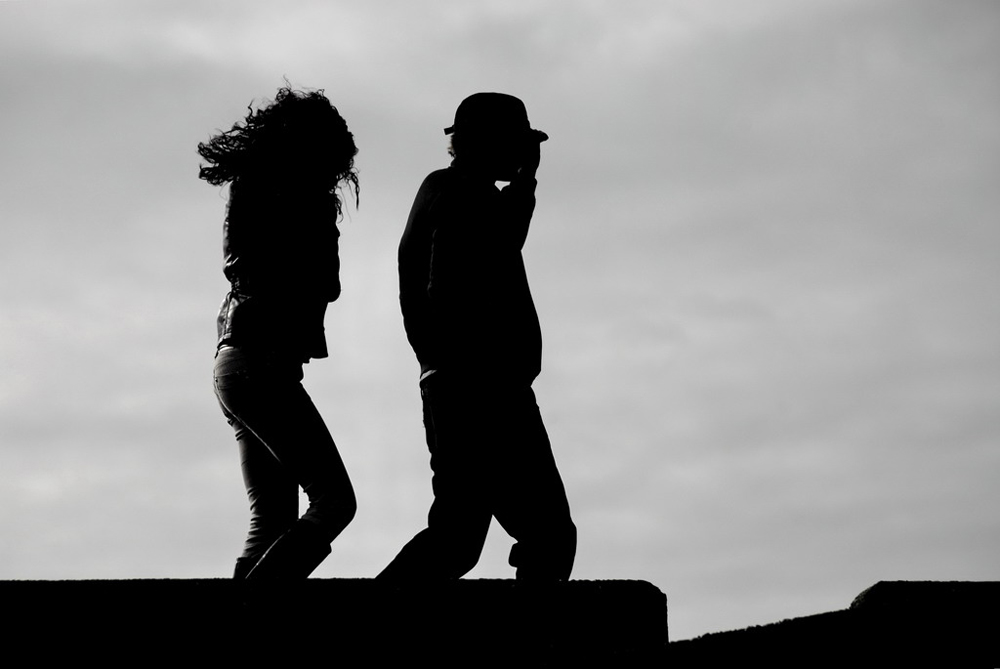| << Chapter < Page | Chapter >> Page > |

When filling out a document such as a job application or school registration form you are often asked to provide your name, address, phone number, birth date, and sex or gender. But have you ever been asked to provide your sex and your gender? Like most people, you may not have realized that sex and gender are not the same. However, sociologists and most other social scientists view them as conceptually distinct. Sex refers to physical or physiological differences between males and females, including both primary sex characteristics (the reproductive system) and secondary characteristics such as height and muscularity. Gender refers to behaviors, personal traits, and social positions that society attributes to being female or male.
A person’s sex, as determined by his or her biology, does not always correspond with his or her gender. Therefore, the terms sex and gender are not interchangeable. A baby boy who is born with male genitalia will be identified as male. As he grows, however, he may identify with the feminine aspects of his culture. Since the term sex refers to biological or physical distinctions, characteristics of sex will not vary significantly between different human societies. Generally, persons of the female sex, regardless of culture, will eventually menstruate and develop breasts that can lactate. Characteristics of gender, on the other hand, may vary greatly between different societies. For example, in U.S. culture, it is considered feminine (or a trait of the female gender) to wear a dress or skirt. However, in many Middle Eastern, Asian, and African cultures, dresses or skirts (often referred to as sarongs, robes, or gowns) are considered masculine. The kilt worn by a Scottish male does not make him appear feminine in his culture.
The dichotomous view of gender (the notion that someone is either male or female) is specific to certain cultures and is not universal. In some cultures gender is viewed as fluid. In the past, some anthropologists used the term berdache to refer to individuals who occasionally or permanently dressed and lived as a different gender. The practice has been noted among certain Native American tribes (Jacobs, Thomas, and Lang 1997). Samoan culture accepts what Samoans refer to as a “third gender.” Fa’afafine , which translates as “the way of the woman,” is a term used to describe individuals who are born biologically male but embody both masculine and feminine traits. Fa’afafines are considered an important part of Samoan culture. Individuals from other cultures may mislabel them as homosexuals because fa’afafines have a varied sexual life that may include men and women (Poasa 1992).

Notification Switch
Would you like to follow the 'Introduction to sociology 2e' conversation and receive update notifications?